Technology Teaching Resources for Year 2
- Plus Plan
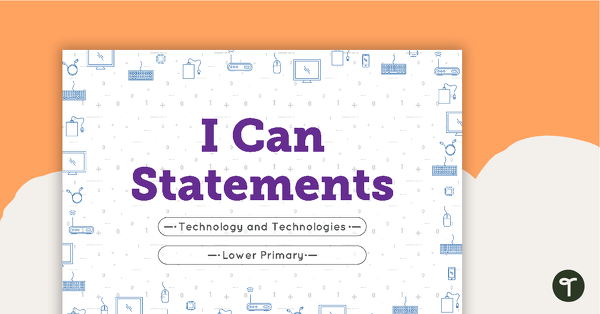
'I Can' Statements - Technology and Technologies (Lower Primary)
A set of 44 'I can' statement cards linked to the Australian Digital Technologies Curriculum.
- Plus Plan
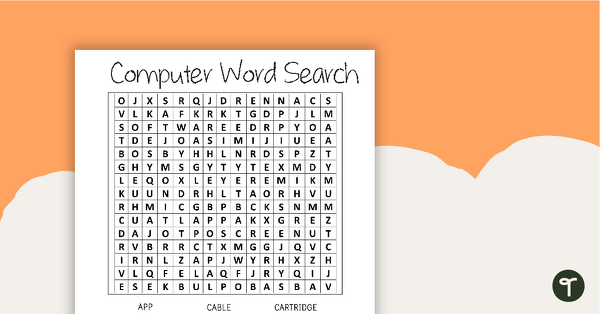
Computer Word Search with Solution
A fun word search to help your students learn and work with computer related vocabulary.
- Plus Plan
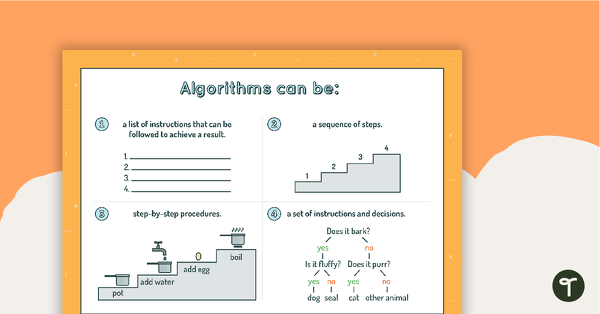
Algorithms Can Be... Poster
A poster showing the different forms algorithms can take.
- Plus Plan
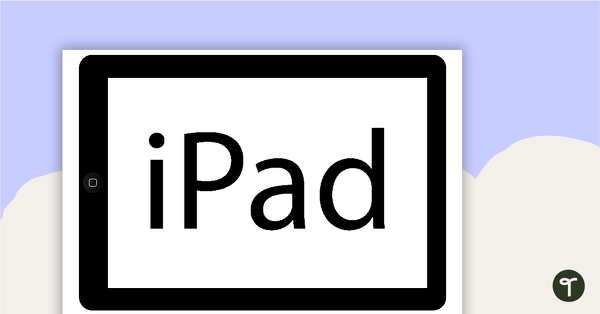
iPad Organisation Signs
Organise your iPad learning areas with these iPad signs.
- Plus Plan
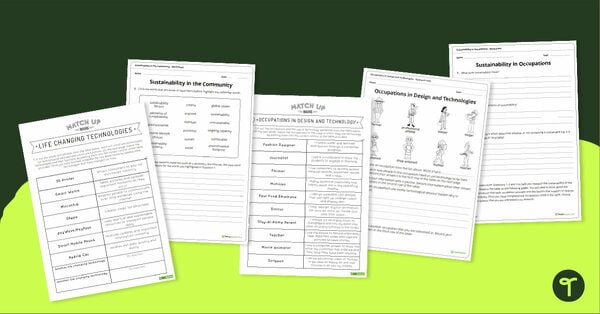
Occupations and Sustainability in Technologies Activity Pack
A set of four resources exploring life changing technologies, occupations, research, and sustainability in the community.
- Free Plan
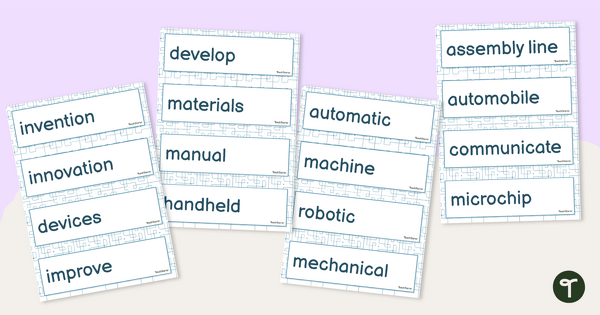
Impact of Changing Technology - History Word Wall Vocabulary
Discover the impact of technology over time and improve vocabulary skills with a printable and editable word wall.
- Plus Plan
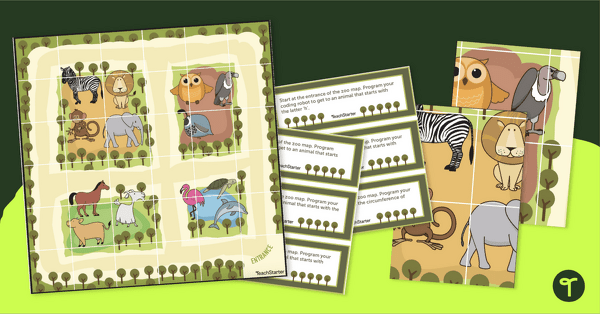
Coding Robot Zoo Mat
Implement coding for kids with coding robots and a printable coding robot map activity.
- Plus Plan
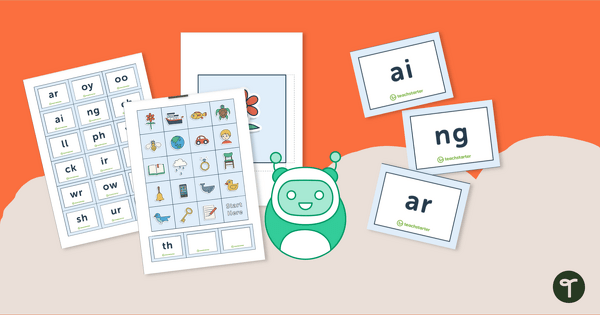
Digraph Coding Robot Mat
Practise identifying digraphs with the help of a coding robot and mat.
- Plus Plan
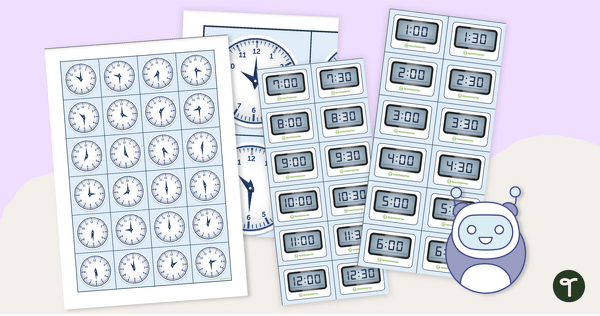
Analogue and Digital Clock Coding Robot Mat
Practise telling time on analogue and digital clocks with coding robots!
- Plus Plan
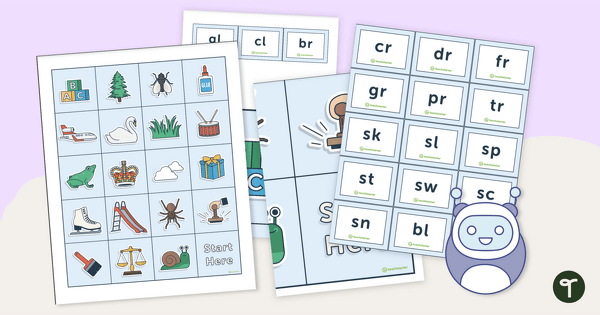
Blends Coding Robot Mat
Put your coding robots and your students to work practising blends with a printable coding robot mat.
- Plus Plan
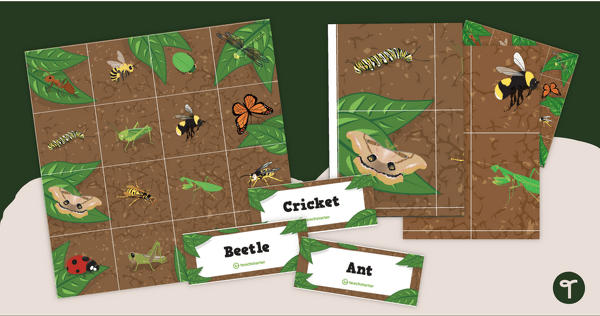
Minibeasts Coding Robot Mat
Crawl into coding for kids with coding robots and a printable minibeast-themed robot mat.
- Plus Plan
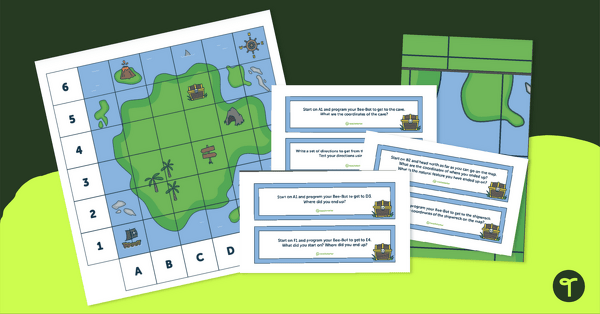
Coding with Robots - Pirate Coding Robot Mat
Implement coding for kids with a printable pirate coding robot map activity.
- Plus Plan
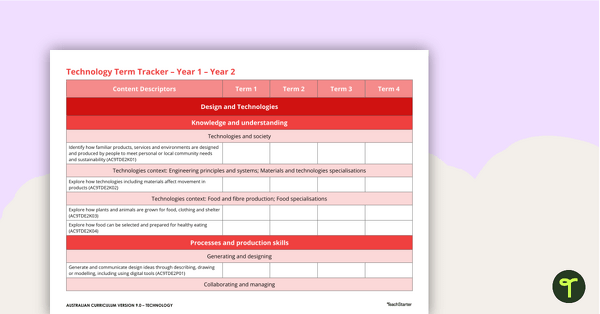
Technologies Term Tracker (Australian Curriculum) - Foundation to Year 2
A Technologies term tracker using the Australian Curriculum Foundation to Year 2 content descriptors and codes.
- Plus Plan
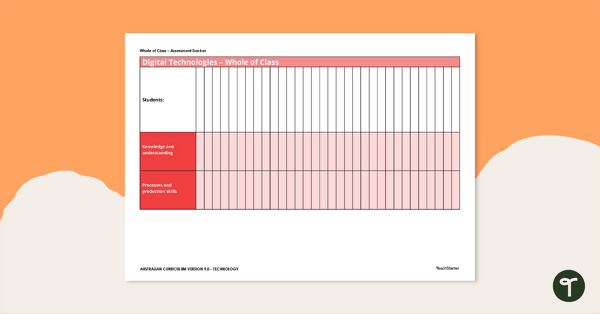
Whole Class Technologies Assessment Tracker (Foundation to Year 6)
A whole class assessment tool using the Australian Curriculum codes to monitor student progress in Technologies.
- Plus Plan
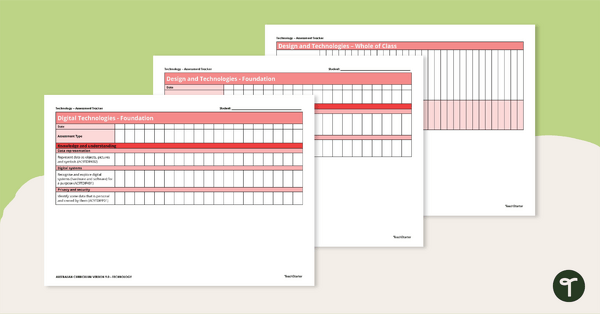
Technologies Foundation to Year 2 Assessment Trackers
A 4 page set of assessment trackers using the Australian Curriculum codes to monitor student progress in Technologies.
- Plus Plan
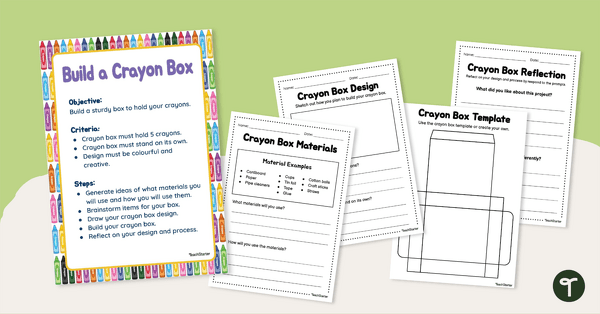
Build a Crayon Box - STEAM Activity
Foster critical thinking and problem solving with this back to school STEM activity.
- Free Plan
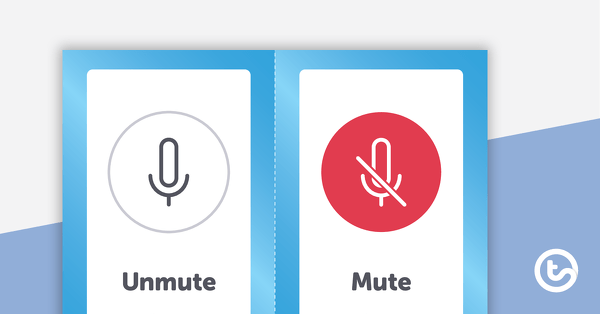
Virtual Meeting Icons
A set of flashcards and stickers to use when teaching virtual skills to students.
- Free Plan
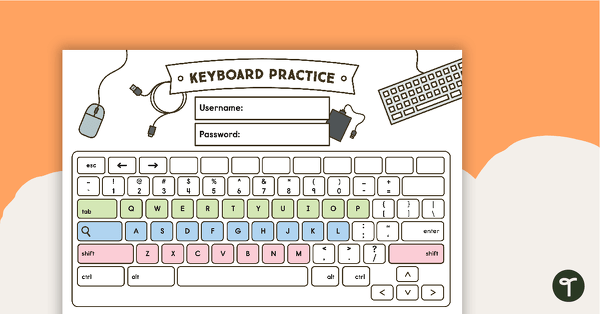
Colour-Coded Computer Keyboard Template
A colour-coded keyboard template to assist students with logging in during computer time.
- Plus Plan
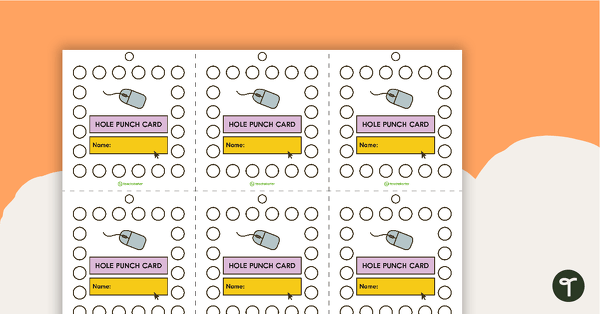
Computer Hole Punch Cards
Hole punch cards for encouraging students during computer time.
- Plus Plan

Computer Student Login Cards
Computer login cards for students to use during computer time.
- Plus Plan
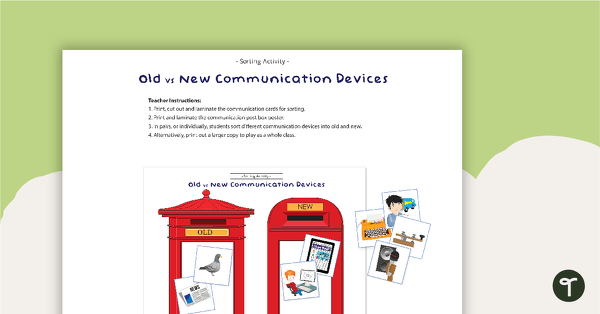
Old vs New Communication Devices - Sorting Activity
A fun sorting activity for students to identify old and new communication devices.
- Free Plan
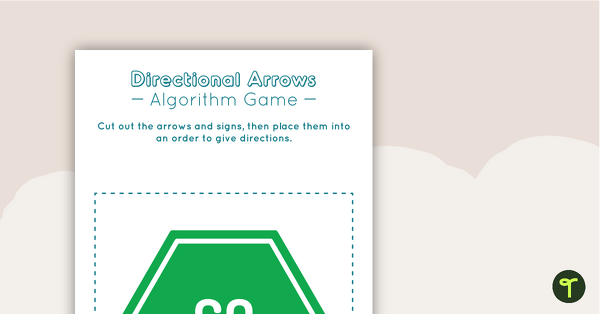
Directional Arrows Algorithm Game
A game to help teach your students directional instructions in sequencing (algorithms).
- Plus Plan
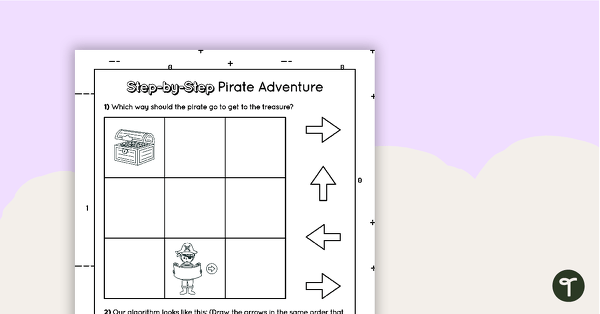
Step by Step Introductory Worksheet for Algorithms - Pirate Adventure
A 1 page worksheet for students to use when learning how to write an algorithm.
- Plus Plan
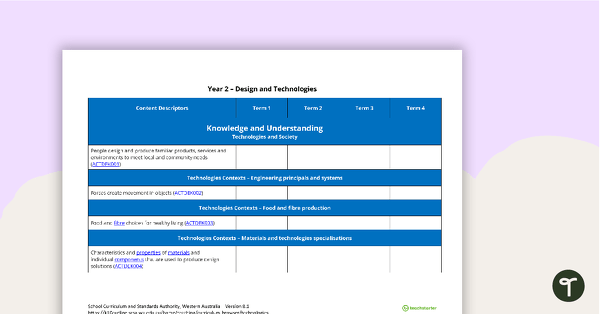
Technologies Term Tracker (WA Curriculum) - Year 2
A Technologies term tracker using the WA Curriculum Year 2 content descriptors and codes.
- Plus Plan
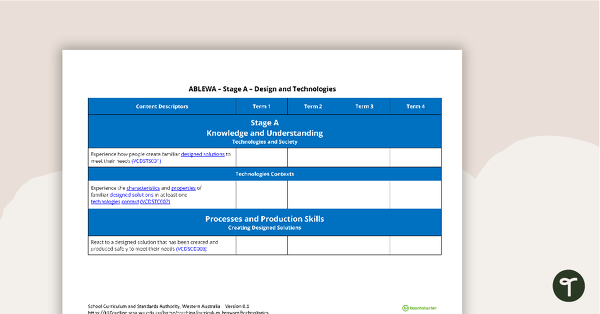
Technologies Term Tracker (WA Curriculum) - ABLEWA
A Technologies term tracker using the WA Curriculum ABLEWA content descriptors and codes.
- Free Plan
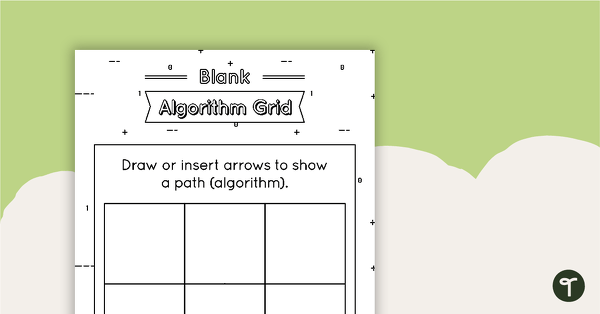
Blank Algorithm Grid - Black and White
An activity for students to use when learning about algorithms (directions).
- Plus Plan
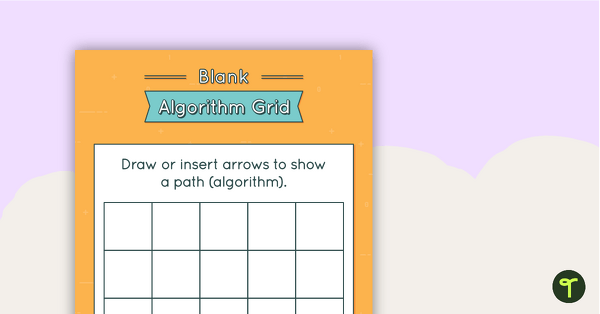
Blank Algorithm Grid - Colour
An activity for students to use when learning about algorithms (directions).
- Plus Plan
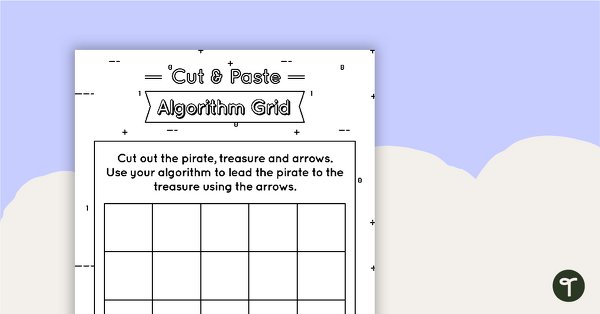
Cut and Paste Algorithm Grid - Black and White
An activity for students to use when learning about algorithms (directions).
- Plus Plan
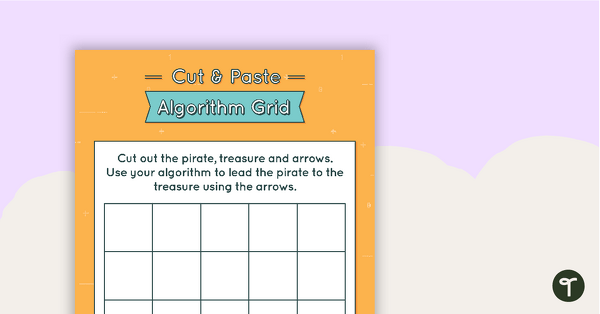
Cut and Paste Algorithm Grid - Colour
An activity for students to use when learning about algorithms (directions).
- Plus Plan

Digital Technology Display Banner
A classroom display banner to use on your 'Digital Technology' display board.
- Plus Plan
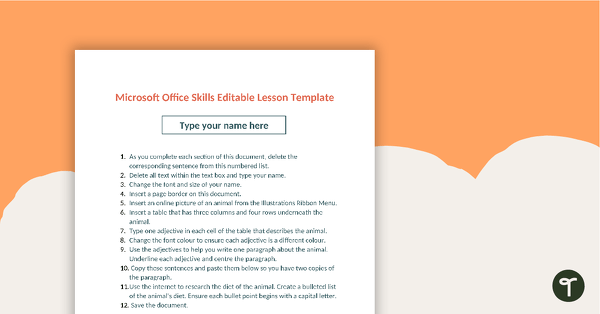
Editable Word Processing Template
An editable template for students to consolidate word processing skills.
- Plus Plan
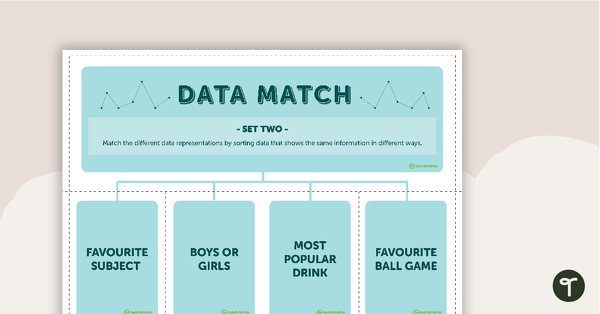
Data Match-Up Cards (Set 2)
A match-up activity for students to use when exploring data.